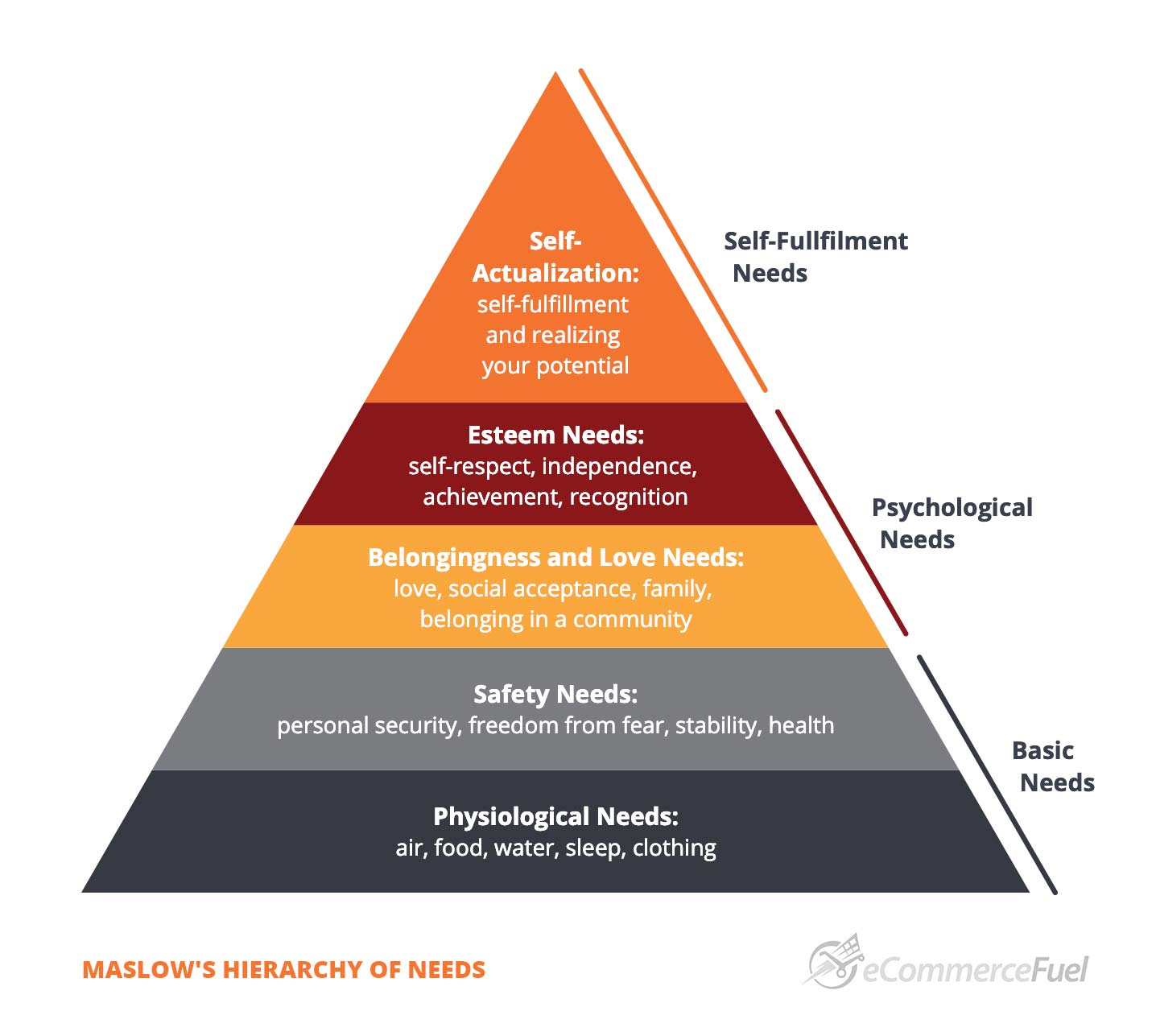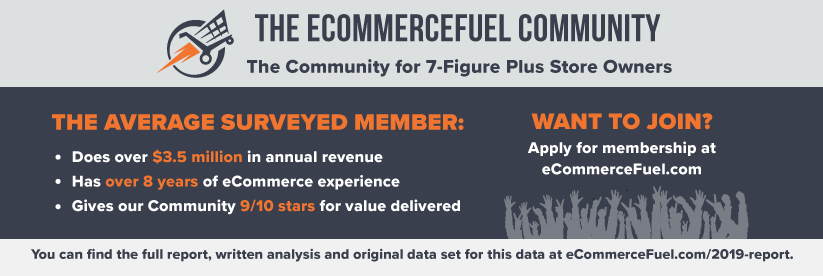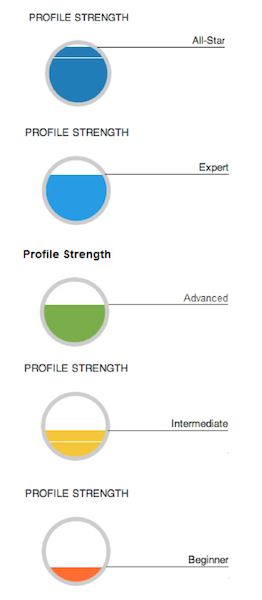When catering to online customers, you can easily forget that you’re dealing with real, live human beings. Do not let the numbers blind you.
As an eCommerce business owner, your writing defines how a customer will feel and react once they are on your website. You need to provide information – persuasive information.
Your approach to persuasive writing must align with your reader’s need and point of view.
Potential customers will be browsing around – so how do you get them to stick with your page?
How will your persuasive writing ensure that your argument is the only one that holds weight?
You will have to communicate effectively with each client so they see your point of view. If not, they may abandon their cart, and you’ve lost out on a sale.
Persuasive writing works to alter perceptions, implanting a positive view of your business and products.
By employing persuasive techniques, you can help a potential customer re-examine their likes and dislikes.
Your argument will nudge them in the direction of your offerings, garnering you a sale.
Let’s take a look at 7 persuasive writing methods that could be useful to your business.
1. Practice Repetition to Make Your Claims Believable
Studies show that repetition in writing makes information more easily recalled and creates familiarity. Familiarity in turn promotes attraction.
Repetition in persuasive writing makes an argument more compelling, creating a stronger impact.
The first step to using repetition in writing is to determine the biggest benefit of your brand or product.
You will need to know the touch-point of the product that offers an advantage or solution to your readers. Then expound an argument on how this makes a positive impact on their lives.
The next step is to repeat this benefit three to five times when writing your content. Ensure consistency to create trust.
2. Use Maslow to Match Search Intent
According to Maslow, humans have five levels of needs. This diagram depicts those needs in hierarchical order, with examples of each.

By connecting the product benefits to your clients’ needs, you are providing them with a concrete solution to their problems.
Persuasive content should be able to touch on your buyers’ deepest desires and align with their point of view.
For example, the sales copy on the iPhone 6’s camera does not focus on the quality camera. Rather, they touch on the memories created by images that users will like.
Among the techniques for persuasion, this one will help you intimately understand the needs and desires of your customers.
If you’re looking to truly know your clients and create a connection, get the point across with this persuasive technique.
3. Employ the Blemishing Effect to Increase Trust
Sellers are often tempted to elaborate on all of the positive aspects of their brand. They usually make it seem as if flaws simply don’t exist. You may even oversell a product with apparent flaws just to garner a sale.
Instead of being persuaded, your customer will likely think – This is too good to be true.
A study in the Journal of Consumer Research examined how you can take advantage of a product’s flaw to turn a positive into a negative.
According to the blemishing effect, a small dose of negative information in a positive context has a positive impact. The argument is that you will create trust by showing openness.
When applying this persuasive technique to an eCommerce business, don’t be afraid to give your product a glowing description.
But then mention that you only have two colors available.
The potential customer will appreciate your honesty.
4. Amplify Your Top Pages With Power Words
Power words are used to trigger an emotional response. They create a clear picture of products in your customer’s mind.
These words are among the techniques of persuasion for eCommerce marketers to motivate customers into taking a specific action.
Power words can be divided into a few major categories, which we will briefly explore:
Greed Words
These words play on the human tendency to want more than we need. Products sound more valuable, creating a sense of scarcity. Examples of these words include:
- Free
- Best
- Save
- Extra
- Discount
Curiosity Words
Curiosity is an urge that must be satisfied, not unlike hunger or thirst. By using curiosity words as part of your persuasive techniques, readers are dying for more information.
Curiosity words work best in blog titles and landing page headlines. Examples are:
- Censored
- Unbelievable
- Stunning
- Unheard of
- Ridiculous
Sloth Words
Sloth words tap into the human desire to achieve the most through the least amount of work. In persuasive writing, lead magnets are easier to digest and products sound more useful. Use sloth words like:
- Easy
- No nonsense
- Quick
- Fail-proof
- In less than
Fear Words
Fear is a primal human instinct and a powerful motivator. These words will make a reader feel fearful of what will happen if they do not take action.
An example is asking them to share your blog, buy your product, or download a lead magnet. If they do not, they stand to lose out or be left behind.
After creating the fear, provide a solution to the problem you have created. Some fear words include:
- Dumbest
- Suffering
- Caution
- Risky
- Fail
Other categories of power words you should use include trust, anger, vanity, and lust words.
By networking with a community of expert eCommerce specialists, you will gain better ideas on more power words. They can give you examples of how this persuasive technique can be used in writing.
Even better, these community experts know how to use persuasive words effectively and convince readers to understand your point of view.

5. Sway Buyers on the Fence With a Rhyming Sequence
‘An apple a day keeps the doctor away’.
‘Shop ‘til you drop’.
‘Make or break.’
We all know and easily remember these phrases. Why? Simply because they rhyme.
The use of rhyme makes phrases memorable. This type of writing is easier for our brains to process.
As a writing tool, a subtle rhyme makes the phrase more believable and can emphasize a specific point or product benefit.
Here are some examples of famous brands that have used rhyme successfully:
Hello Moto. -Motorolla
Beauty outside. Beauty inside. -Apple Mac Pro
Once you pop, you can’t stop. -Pringles
You’re sure to think about the brand associated with the slogan the minute you hear it.
Rhyming statements have proven twice as likely to be remembered compared to non-rhyming ones.
This is one of the techniques in persuasion that eCommerce stores can use on landing pages.
When you’re looking at persuasive writing, easier content is associated with truthfulness.
6. Use the Disrupt-Then-Reframe Technique (DTR)
Often before making a buying decision, customers face a tension between their desires for and against taking an action.
Studies show that disruptive statements interrupt this argument by diverting attention away from the struggle.
If you saw an advert selling 2 head massagers for 550 pennies, you might think the price is a bit steep.
If the seller then rephrased and said that it’s a bargain at $5.50 for 2, many people will probably be more inclined to purchase.
This is the basis of the disrupt-then-reframe technique (DTR). It works as a persuasive writing technique that uses an odd request to confuse the reader.
This is then followed up with a more reasonable version of the same request.
By following a ridiculous argument with a more reasonable one, the buyer will prefer the latter. They are more likely to buy after recognizing the sense in the deal.
For eCommerce businesses, this is one of those persuading techniques that can be used by writing advertising banners with a DTR aspect to encourage readers to click.
7. Use the Endowed Progress Effect To Build Customer Loyalty
The endowed progress effect is when people are more likely to persist and achieve their goals due to discrete, extrinsic rewards.
When given the illusion that they are close to achieving a goal, people tend to make more effort to achieve it faster.
The experiment that came to this conclusion involved two groups of customers.
Group 1 was given a loyalty card that said “Buy eight and get one free”.
Group 2’s card stated “Buy ten and get one free” but their card had been stamped twice already. Thus, they also had 8 stamps to fill.
The result? The pre-stamped cardholders were twice as likely to complete their cards compared to Group 1.
How can this help your eCommerce business become more persuasive in your writing? Here are two ideas:
Increase On-boarding Completions
If your eCommerce business requires customers to create an account, you need to create an incentive for them to finish the process.
Many start at 0% completed and are more likely to become frustrated and leave.
Why not give them a head start? A progress bar is a good way to do this – start them at 10% progress right off the bat.
LinkedIn’s example works as a motivator by showing people how close they are to finishing.

Image source: jobhuntingu.com
Points Instead of Monetary Figures to Measure Progress
When progress is measured in points, the effort seems more significant. Customers will then try their best to achieve the goal.
If you use a points system after purchases, buyers will feel they are gaining a benefit (earning points), rather than spending money on a product (investment).
Learn More From the Experts
Now that you know these seven persuasive techniques, you can delve deeper into them. If you have questions about how effective these are, why not ask the experts?
eCommerceFuel is the perfect place to meet and interact with store owners in your area.
Across the U.S and Europe, you can be sure to find an experienced store owner with useful advice.
Join the community today and learn from experts about how to succeed in eCommerce.

Photo by freepik